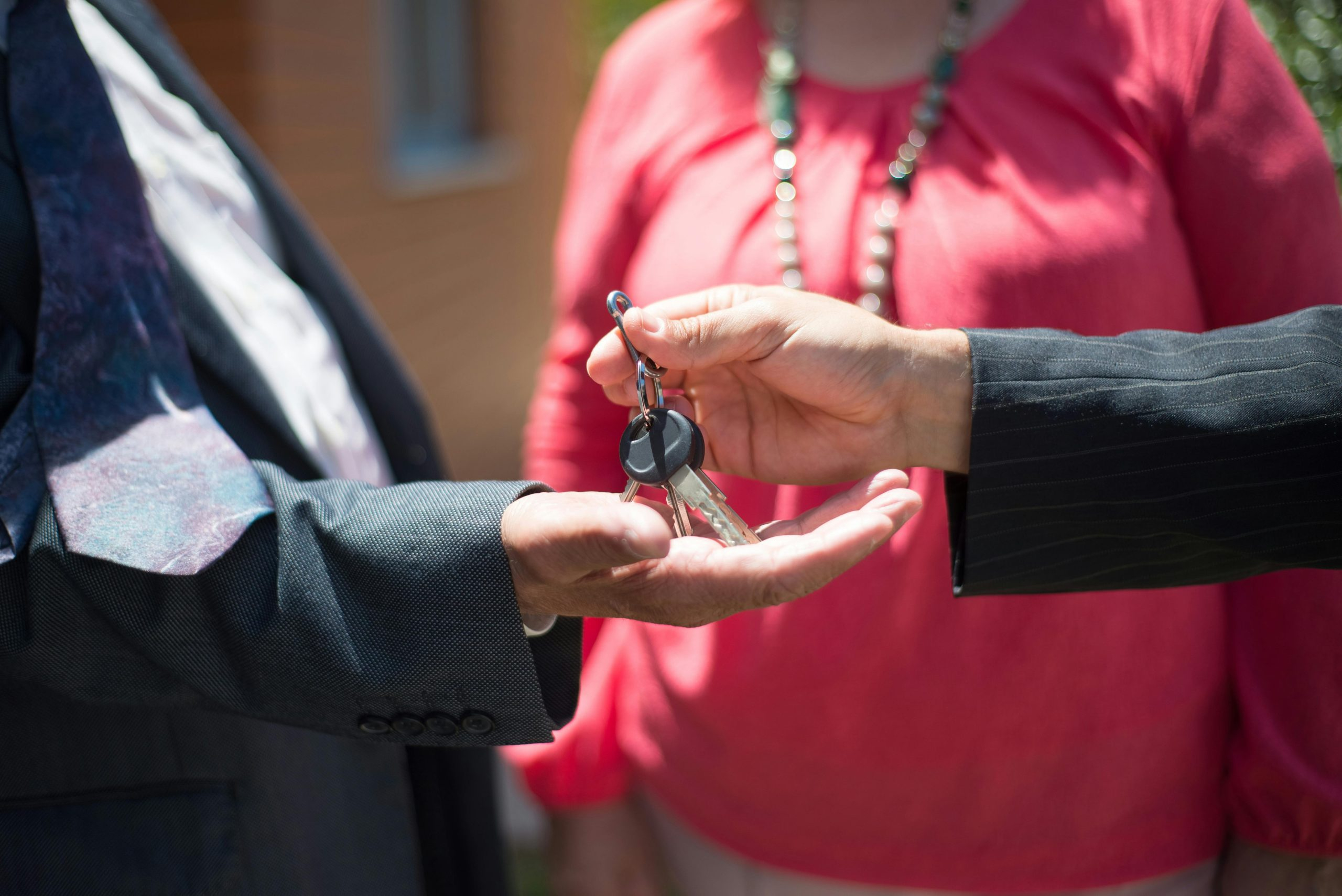Fractional Ownership 2.0: Tokenized Real Estate for Diversified Portfolios
Fractional ownership, also known as shared ownership, has been around for decades as a way for individuals to invest in high-value assets such as real estate. This form of ownership allows multiple individuals to purchase partial shares in a property, giving them a stake in the asset and the potential for profits. However, with the rise of blockchain technology, a new form of fractional ownership has emerged: tokenized real estate. In this article, we will explore Fractional Ownership 2.0 and how tokenization is revolutionizing the real estate market, providing investors with a more flexible and diversified portfolio. 
The Rise of Fractional Ownership 2.0
The concept of fractional ownership has been around for a long time, but it is the emergence of blockchain technology that has taken it to the next level. Tokenization involves representing ownership of an asset, such as real estate, through digital tokens on a blockchain. This allows individuals to invest in a property without actually owning the physical asset. These tokens represent a share of the property and can be bought, sold, or traded, providing investors with a more liquid and diversified investment option.
How Tokenization Works
In tokenization, a real estate asset is divided into multiple shares, each represented by a unique digital token on a blockchain. These tokens are then offered to investors through an initial token offering (ITO) or a security token offering (STO). The tokens are issued according to the fractionalized value of the property, and each token holder receives a proportional amount of dividends and profits from the property.
For example, a property worth $1 million can be divided into 100,000 tokens, with each token having a value of $10. This means that investors can purchase a fraction of the property for as little as $10, allowing them to diversify their investments and reduce their risk. They can also sell or trade their tokens, providing a more liquid investment option compared to traditional real estate purchases.
The Benefits of Tokenized Real Estate
Flexibility and Accessibility
Tokenization opens up the real estate market to a wider pool of investors by reducing the barrier to entry. Traditional real estate investments require a significant amount of capital, making it inaccessible to many individuals. However, with tokenized real estate, investors can purchase tokens for a fraction of the property’s value, making it more affordable and accessible.
Diversification and Liquidity
Investing in real estate through tokenization allows investors to diversify their portfolios and reduce risk. They can purchase tokens in different properties, locations, and types of real estate, providing a diverse investment portfolio. The tokens can also be easily sold or traded, providing investors with a more liquid asset compared to traditional real estate investments.
Transparency and Security
Blockchain technology provides a high level of transparency and security in tokenized real estate investments. The ownership and transfer of tokens are recorded on a decentralized and immutable ledger, providing investors with full transparency. This reduces the potential for fraud and increases trust in the investment process.
The Future of Fractional Ownership 2.0
Tokenized real estate is still in its early stages, but it has already started to revolutionize the real estate market. As this form of fractional ownership gains more traction, we can expect to see more investments in tokenized real estate and a more liquid and diversified real estate market. Tokenization also opens up opportunities for global investments, allowing investors to purchase tokens in properties from anywhere in the world.
Challenges and Regulations
Like any emerging technology, tokenized real estate faces its fair share of challenges and regulations. The lack of regulatory framework and clarity around tokenization and digital assets is a major obstacle for its widespread adoption. However, as more countries start to recognize and regulate digital assets, we can expect to see more growth and stability in tokenized real estate investments.
Conclusion
Fractional Ownership 2.0, through tokenized real estate, is changing the way we invest in properties. It offers flexibility, accessibility, diversification, and liquidity, making it a more attractive investment option compared to traditional real estate purchases. As tokenization continues to gain momentum and regulations catch up, we can expect to see a more diverse and liquid real estate market, providing investors with more opportunities for wealth creation and growth.











